Hermit Crab Safe Plants: Best Plants Suitable for Hermit Crabs
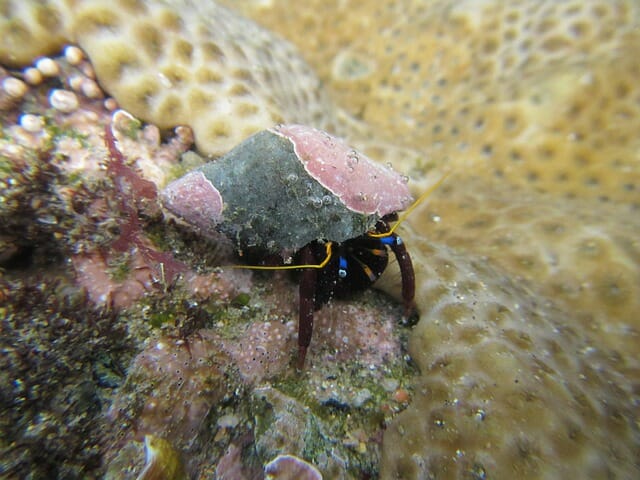
The best choices for your hermit crabs include ferns, philodendrons, and spider plants. Hermit crabs are fascinating little creatures, but they can be a bit of a handful when it comes to plants. So it’s always a great idea to provide your hermit crab with plenty of hiding spots and plants that are safe for it.
Table of Contents
Choosing Plants for Hermit Crab Habitat
Avoid plants with poisonous leaves or berries, as they can harm your crab friend. Instead, choose plants safe for hermit crabs – those with dense foliage and small flowers. It is essential to consider the tree, vine, or other plants that could trip up your little friend while climbing around. Make sure they aren’t too tall or have any sharp edges. Be sure to consider easy-to-water and low-maintenance plants.
Choose a Plant That Can Withstand Heat and Humidity
When selecting a house plant for the hermit crab habitat, make sure that the plant is tough enough to withstand the climate of its home – heat, and humidity. Avoid plants with spikes or spines, as they could injure your hermit crab if ingested. You can also look for plants with bright colors and dense foliage – these will also make an excellent visual impact on your home!
Best Hermit Crab Habitat Plants
Many safe plants can serve as hermit crab habitats, and choosing the right ones is essential for survival. Make sure to choose plants with low water requirements and aren’t invasive. Make sure to check the plant’s label to make sure it’s safe for hermit crabs.
Air Plants
Air plants are beautiful additions to any hermit crab’s habitat. They love humidity and oxygen and provide a place for the crabs to hide – all of which are essential for their well-being. Additionally, air plants can act as a haven for hermit crabs in case of danger or when they need some privacy.
Bromeliads
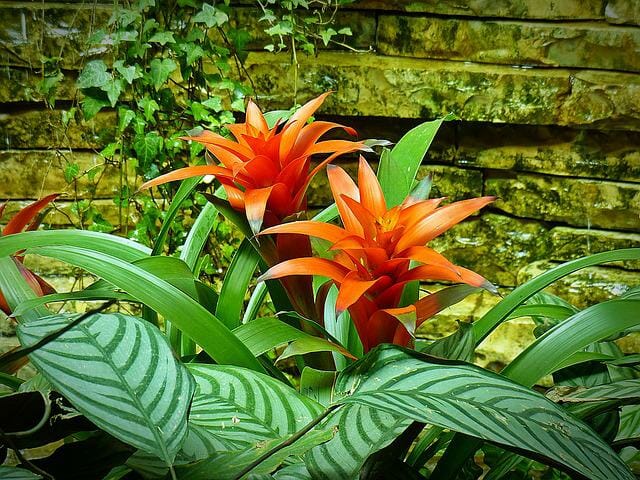
Bromeliads are beautiful plants that make great gifts for hermit crabs. They come in different shapes and colors and have low water requirements, so your crab can live happily without worrying about its habitat. Bromeliads also have long stems that reach the ground, making them easy to access – perfect for hermit crabs who like to climb around!
Sprouts
Sprouts have long stems that the crabs can’t reach so they won’t eat from them. Plus, because sprouts increase, you’ll see the hermit crabs start eating from their leaves pretty soon! Some other safe plants for hermit crabs include aloe vera, peace lilies, and spider plants – all of which will be loved by your little guests!
Spider Plants
Spider plants provide a great hiding spot and plenty of climbing space, and some spider plants are even toxic to hermit crabs if ingested. Some other benefits of spider plants for crab owners include slow growth rates and dense foliage, making it difficult for more minor pests to get through. If you’re looking for a low-maintenance plant that still provides lots of enrichment opportunities, then spider plants should be on your list!
Pothos
Pothos is an easy-to-care-for plant with soft leaves and a long stem that your crab can easily climb. Plus, it’s available in most garden centers, so getting started is simple. Plus, because pothos grows slowly, your crab will have plenty of time to explore its new surroundings without feeling rushed or confined.
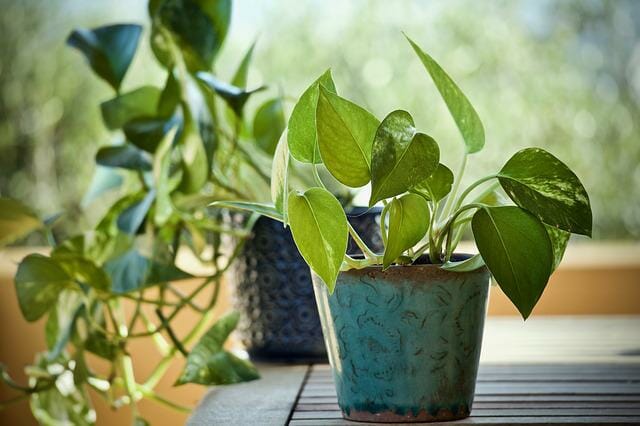
Loose-Leaf Lettuce
Loose-leaf lettuce is an excellent plant for hermit crabs as it provides plenty of hiding places and has soft leaves that won’t scratch the crab’s shell. Other plants that can be used as hermit crab-safe plants include bok choy, spinach, and collard greens.
Bromeliads
Bromeliads are plants that come in various colors and shapes, making them perfect for hermit crabs. These plants provide shelter and humidity as well as the opportunity to climb. Ensure the bromeliad plant is big enough so your crab can comfortably crawl on top! Some common Bromeliad plants include Tillandsia, Air Plant, and Bubble Plant.
Succulents
Succulents are a great option because they provide humidity and air circulation. Adding succulents to your home can significantly add beauty and diversity while reducing water requirements. However, before you plant them, it’s essential to check to see if they contain harmful chemicals that could injure your hermit crab.
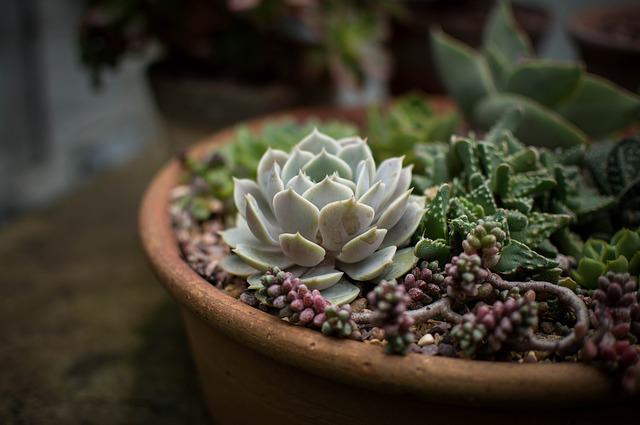
Moss for Hermit Crab Tanks
The last safe plant for a hermit crab tank is moss because it’s low to the ground and has no sharp edges. All these plants are relatively low-maintenance, so you don’t have to worry about the maintenance once they’re in your tank!
Irish Moss
Irish Moss is an easy-to-care-for plant that can be kept in a hermit crab tank. It offers good visual appeal and helps to keep the water clean. Irish moss can also help absorb excess water, making it an excellent plant for tanks with high humidity levels.
Pillow Moss
Pillow Moss is an excellent plant for hermit crab tanks as it provides good hiding places and can serve as a natural filter. It also proliferates, so you won’t have to replace it often. Best of all, pillow moss is safe for your hermit crabs, so there’s no need to worry about them getting hurt or scared by the plant.
Cushion Moss
Cushion moss is an excellent choice for plants that need to be replaced frequently. It proliferates, so you don’t have to worry about having the same plant live in the tank for too long. Plus, cushion moss provides moisture and protects the substrate from becoming dry – two problems many plants face. It’s also non-toxic and easy to care for – rinse it with water when needed.
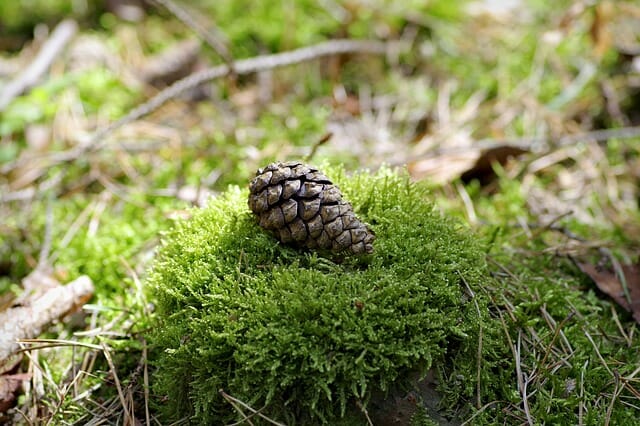
What Do I Do If My Hermit Crabs Destroy Plants?
If you find that your plants are constantly being destroyed, you can do a few things to help.
- Please provide them with more vegetation to scavenge.
- Add an airstone to increase ventilation and decrease water density.
- Place some floating algae balls in the tank to provide them with a source of food and moisture.
- Lastly, get some help from a professional!